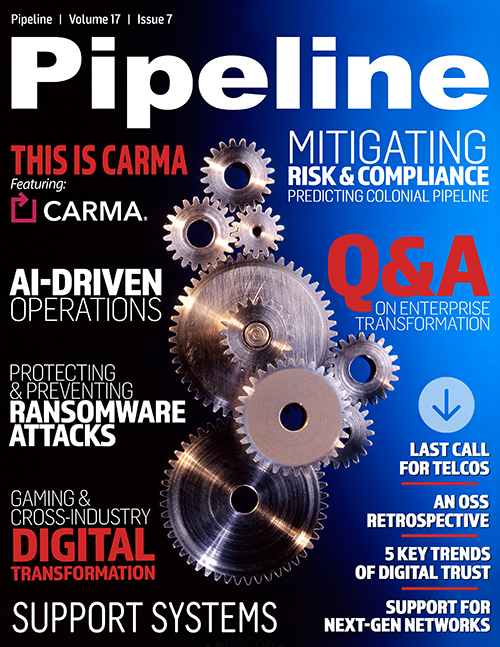Ransomware Explained
There has been a huge growth in security awareness training platforms. They train users about the risks they face online, at work and at home. Awareness training teaches users what a suspicious email looks like, and the best security practices to follow to stop ransomware, such as ensuring their endpoints are updated with the latest security software. Security awareness training solutions typically also provide phishing simulation technologies.
It may not seem obvious, but identity theft lies at the core of a lot of backdoor ransomware attacks. Hackers use administrative and other accounts to gain a foothold in your core systems. Adding MFA makes the possibility of elevating privileges and giving the attacker the keys to run ransomware without barriers. MFA comes free with most Microsoft 365 packages and more in-depth solutions also exist that extend more granular protection to all devices in the organization.
Continuing the use of end-of-line hardware and software greatly increases your risk. Over time, attackers discover the security vulnerabilities that are widely released by larger corporations. Many organizations rely heavily on older computers or software that are no longer supported, meaning they are open to vulnerabilities. Organizational security policies often overlook hardware or software that is out of date. This greatly increases the organization’s risk of falling victim to an attack.
To mitigate risk, keep your operating system and third-party applications patched and up to date to ensure you have fewer vulnerabilities to exploit.
Ransomware attack solutions
One of the most important ways to stop ransomware is to have a strong endpoint security. This is a program that blocks malware from infecting your systems when installed on your endpoint devices (such as phones and computers). Just be sure that ransomware protection is included as many traditional anti-virus products are not equipped to defend against modern ransomware attacks.
As ransomware is commonly delivered through email, email security is key in preventing ransomware. Secure email gateway technologies filter email communications with URL defenses and attachment sandboxing to identify threats and block them from being delivered to users. This stops ransomware from arriving on endpoint devices while blocking users from inadvertently installing malicious programs onto their machines.
DNS web filtering solutions stop users from visiting dangerous websites and downloading malicious files, blocking ransomware that is spread through viruses downloaded from the Internet, including Trojan horse software. DNS filters also block malicious third-party adverts. Isolation technologies completely remove threats from users by isolating browsing activity in secure servers and displaying a safe render to users. Moreover, isolation does not affect the user experience, delivering high security efficacy and seamless browsing.
What to do to minimize downtime
Once a ransomware attack succeeds and your data is compromised, the best protection for your organization is to restore your data quickly and minimize the downtime. The most effective way to protect data is to ensure that it is backed up in multiple places, including in your main storage area, on local disks, and in a cloud continuity service. In the event of a ransomware attack, backing up data means you will be able to mitigate the loss of any encrypted files and regain functionality of systems. Cloud data backup and recovery is a crucial tool in remediating the threat of ransomware attacks.
Reducing the risk and damage of a ransomware attack requires a mix of frameworks, policies, training, and technology. The best companies perform a detailed GAP analysis using a cybersecurity framework such as the NIST CSF in conjunction with security controls such as the CIS 20 controls. This approach leads to better outcomes, period.



















